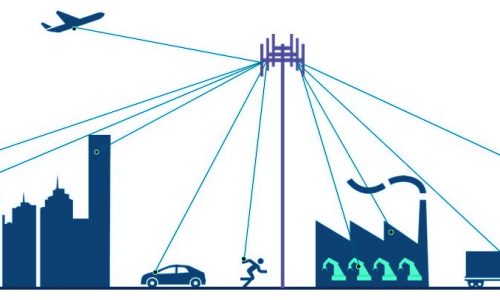Something is off…
The project is moving forward and making decent progress. People are showing up, doing their bit, and dealing with the daily grind. But lately, something feels off. The pace feels frantic, deadlines are looming, and you can sense the tension hanging in the air. People aren’t really clicking like they used to. Conversations are shorter, more strained. Meetings, once productive, have turned into passive-aggressive exchanges. People take jabs at each other—small, seemingly harmless comments that sting just a bit too much. There’s more whining than problem-solving, and it feels like every task is harder than it should be.
You find yourself frustrated, noticing the troubling signs everywhere. Enthusiasm has been replaced with a sense of “just get through it.” And sure, things are still moving—but are they moving in the right direction?
Midboarding
Midboarding should take place every six months. The objectives are similar to onboarding but adjusted to the realities of having worked together for half a year. The goal is to ensure clarity on:
- What you’re delivering…
- Who’s doing what, and who’s in charge
- The communication strategy
- Team integration
- Non-negotiables
Rather than repeating the onboarding process, midboarding takes the lessons learned over the past six months and bakes them into a refreshed approach. By now, you’ve had time to observe your team in action, gather feedback, and understand how people interact, their strengths, and the pressure points within the project. This deeper understanding needs to shape your midboarding approach.
Benefits of Hingsights
By the time you reach the midboarding phase, you have a clearer view of how things are working—or not. But the key here is not to change too much. Things may not be perfect, but they’re probably working well enough to keep the project moving forward. A complete overhaul is rarely needed unless there’s a crisis, which would require a different set of actions entirely.
Instead, focus on three priority issues, each tied back to your midboarding objectives.
- What are you delivering? Is the team still clear on the project’s key deliverables and priorities? Are they unnecessarily yielding to client demands, or has the plan and schedule shifted without proper realignment?
- Who’s doing what, and who’s in charge? Is the chain of command being respected? Are people working together or do you hear people saying to each other “this is not my job…” Are there gaps in people’s responsibilities, i.e. things not being done, or not being done by the right people?
- Communication Strategy. Is information flowing effectively? Are reports submitted and data updated promptly? Are protocols for uploading, sorting, and archiving documents being followed to prevent confusion and ensure compliance?
- Team Integration. Are team members working well together, or are cliques forming? Is anyone disengaged? Are there any distractions, such as visa or medical issues, that could pull the team away from their work?
- Non-negotiables. Are your non-negotiables being followed? Are people following your standards and best practices? For example, are people turning up to meetings late that really grind you?
Here are just some questions, you might want to ask yourself. The important thing here is find three priority issues to address. No more.
Midboarding offers a valuable opportunity to course-correct and strengthen the project’s trajectory. While things may be running well enough, it’s essential to address key areas to keep things on track. By focusing on the most pressing issues, you can make subtle yet impactful adjustments without overhauling the entire process. The benefits of hindsight allow you to refine your approach and keep the team aligned, productive, and engaged as you move into the next phase of the project.











